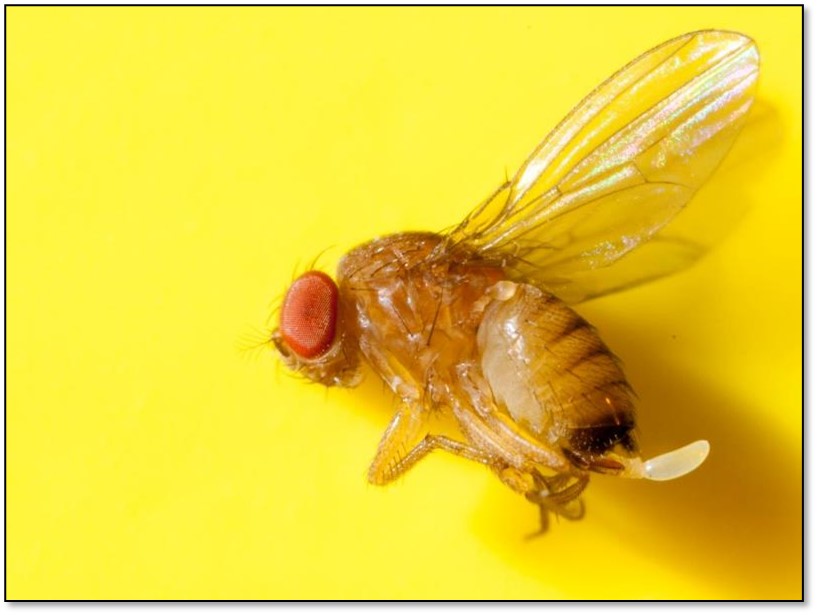West central Michigan small fruit update – July 6, 2021
Blueberry harvest has started with varieties like Bluetta, Duke, Draper and other early varieties. Harvest of Bluecrop, one of the main Michigan varieties, will start soon.

West Michigan is back in a drought period after the torrential rains from 10 days ago. No substantial precipitations have occurred since June 24-26 when a three-day rainfall period left 4.8 inches of rain in the area. Since Monday, June 28, scattered rain showers produced an accumulation of less than 0.10 inches of rain. On the other hand, daily minimum and maximum temperatures have remined in the low 60s and low 80s degrees Fahrenheit. These climatic conditions are affecting blueberry growers that just started harvesting early season varieties like Bluetta, Duke and Draper. The first harvest of the Bluecrop variety will start soon.
In addition to the dry weather period with temperatures reaching the lower 90s, there are other concerns such as the presence of spotted wing Drosophila (SWD) and Anthracnose fruit rot in susceptible varieties. The arrival of SWD in blueberry fields was delayed by the dry spring conditions we experienced from the beginning of the bloom period until 10 days ago when we had a series of torrential rains that alleviated the water deficit in the region. The rainy period put a temporary end to the drought conditions but favored the dispersal and survival of SWD. Currently, most of the adult flies captured are already part of the summer SWD generation.
Although the size of the population is still small, controlling this portion of the arriving population is critical to maintaining a good control of the SWD population during harvest time. At this time with no rain in the forecast and temperatures reaching 90 F, the activity of pyrethroid insecticides do not last seven days, except Brigade, which is not negatively affected by high temperatures. Imidan, Lannate, Entrust, Brigade and Assail, among others, are very active inside the fruit and kill newly oviposited eggs and newborn larvae. Please check Michigan State University Extension’s Michigan Fruit Management Guide (Bulletin E-154) for insecticide doses and other recommended insecticides against SWD.

The short rainy period and scattered rain showers from the past days increased the environmental relative humidity (rH), which favors the growth and development of fruit rot infections by Anthracnose. Growers are already observing Anthracnose outbreaks in Bluecrop fields planned for harvest next week. It is important to control these outbreaks since this fruit rot causes economic losses not only at harvest time, but also during the storage and packaging process.
A single Anthracnose infected berry will spoil a complete load if this infected fruit is passed through the packing line. Recommended fungicides to manage Anthracnose infections at this time are Abound, Switch and Pristine, among others. For doses and other fungicide recommendations and precautions when applying Pristine, please check the Michigan Fruit Management Guide.
For growers that attended the blueberry pre-harvest webinar and for those that were not able to do so, below are the URLs to review the recordings. These videos contain excellent recommendations for this blueberry harvest period:
Pre-Harvest SWD and other insects Update: https://mediaspace.msu.edu/media/t/1_0dtg8su2



 Print
Print Email
Email




